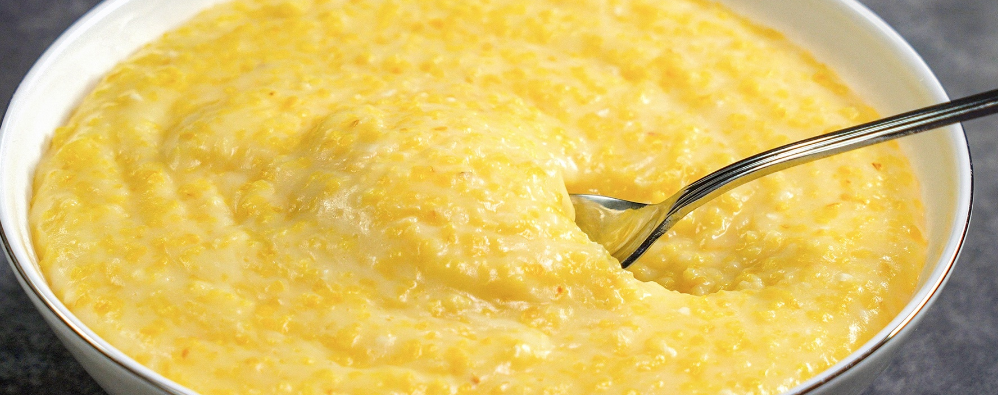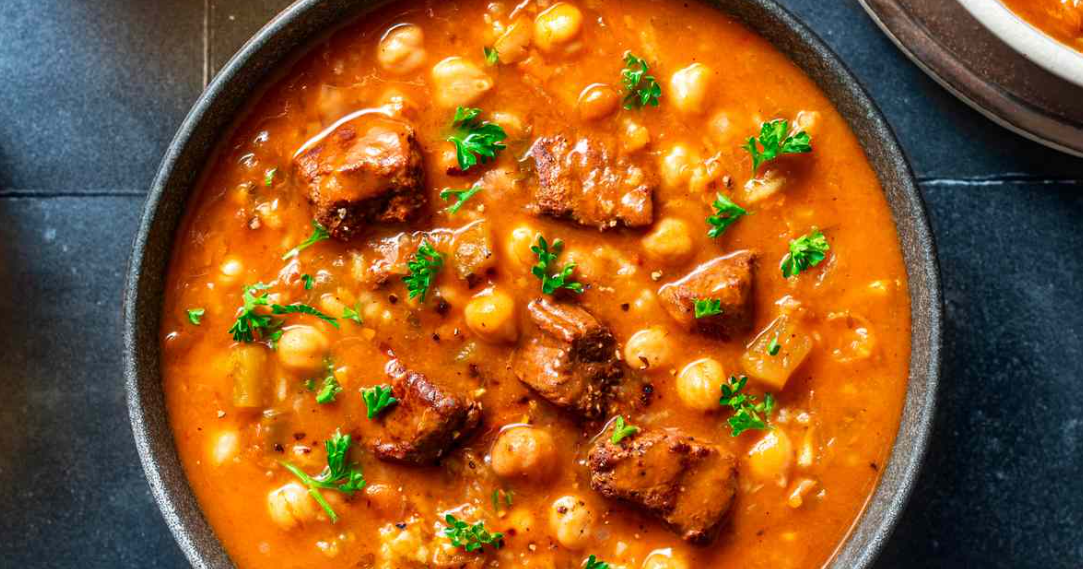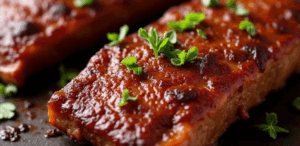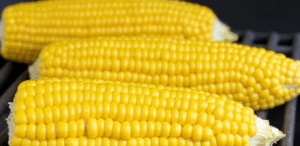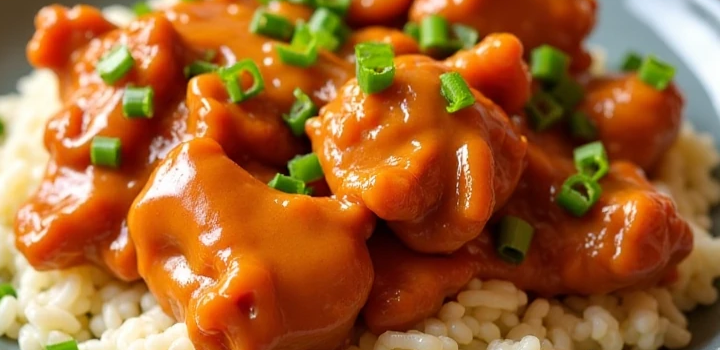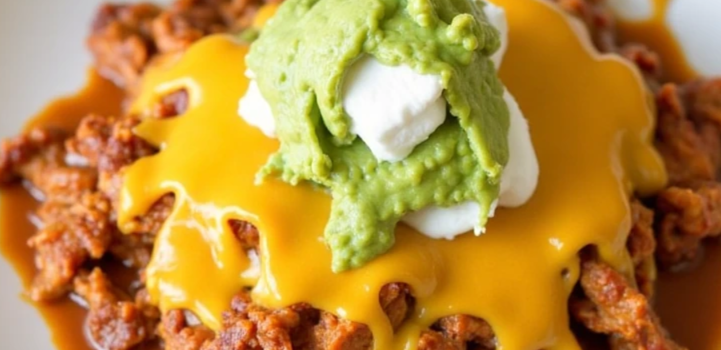Cornmeal Porridge: How to Cook It, Why It’s Good for You, and 5 Healthy Recipe Variations
What Is Cornmeal Porridge?
Cornmeal porridge is one of those quietly brilliant dishes — simple, humble, and endlessly adaptable. Whether you’ve heard it called “grits,” “polenta,” or “Caribbean porridge,” the foundation is the same: slowly cooked ground corn that transforms into a creamy, satisfying bowl of warmth. For me, as a chef, it’s the kind of food that feeds more than hunger — it feeds memory, culture, and comfort.
In Southern U.S. kitchens, it shows up as buttery grits. Across the Caribbean, it’s a sweet, spiced breakfast staple. In my kitchen? It’s a blank canvas — sweet or savory, vegan or cheesy, comforting or clean. The only limit is what you put into it.
How to Make It Right — Every Time
Let’s be honest: nobody wants lumpy porridge. And yet, so many first-timers end up with exactly that. Here’s the secret from a working kitchen: start cold.
I always begin by whisking the cornmeal into cold water or milk, just enough to make a loose slurry. This breaks up clumps before they even think about forming. Meanwhile, I bring the rest of my liquid to a gentle boil — water, milk, broth, or a mix. Then, I slowly stream in the cornmeal mixture, whisking constantly.
Once it’s all in, turn the heat to low and keep stirring. Don’t walk away. Within 15 to 20 minutes, the mixture thickens, smooths out, and takes on that familiar creaminess. That’s when you salt it. If you’re going sweet, that’s also when you stir in sugar, cinnamon, vanilla — whatever makes you smile.
Sweet or Savory? Yes.
People always ask me, “So… is it supposed to be sweet or savory?” And I tell them: Yes. Cornmeal porridge is both. It depends on what you grew up with — or what you need today.
Sweet cornmeal porridge is cozy.
Think creamy, spiced, Caribbean-inspired bowls. I make it with milk or coconut milk, cinnamon, nutmeg, a drizzle of honey or maple syrup. Then I top it with bananas or blueberries — maybe even a splash of condensed milk if I’m feeling nostalgic.
Savory cornmeal porridge is bold.
Think Southern-style grits with melted cheddar, sautéed greens, poached eggs, or even shrimp. I cook it with stock instead of milk, throw in some garlic and black pepper, and finish with butter or olive oil. It’s a breakfast — or dinner — that sticks with you.
5 Recipes I Come Back to Again and Again
1. Caribbean Morning Porridge
I use medium-ground yellow cornmeal and cook it in a blend of water and evaporated milk. Once it thickens, I add cinnamon, a pinch of nutmeg, a splash of vanilla, and a tablespoon of brown sugar. Topped with banana slices? It tastes like home.
2. Southern Grits with Cheddar and Poached Egg
This one starts with stock — vegetable or chicken — and ends with sharp cheddar, cracked pepper, and a soft egg on top. Sometimes I add a spoonful of scallion oil or crushed chili. It’s brunch-worthy and soul-satisfying.
3. Coconut-Vanilla Vegan Porridge
Perfect for plant-based mornings. Cook your cornmeal with unsweetened coconut milk and a bit of water. Stir in vanilla, cinnamon, and a hint of maple. Top it with toasted coconut, mango, or chia seeds. Light, fragrant, and surprisingly filling.
4. Slim-Style Cornmeal Breakfast
When I want something lean but warming, I use water or almond milk. I skip the sugar and stir in just cinnamon and a few apple slices while it cooks. Maybe a sprinkle of flax or hemp seeds on top. It’s under 250 calories, but feels like so much more.
5. Savory Polenta Bowl with Greens and Mushrooms
This is where cornmeal becomes dinner. I cook it slowly in vegetable broth, stir in a little nutritional yeast or goat cheese, then top with sautéed kale, garlic mushrooms, and a drizzle of chili oil. Elegant and earthy.
Why This Porridge Deserves a Place on Your Table
From a nutrition perspective, cornmeal porridge checks a lot of boxes.
It’s naturally gluten-free, rich in complex carbs that give you slow-burning energy, and if you use whole-grain cornmeal, you’ll get a good hit of fiber. It’s also easy on the stomach — great for days when nothing else feels right. For me, it’s the ultimate “reset” meal.
Corn is also a source of magnesium, B-vitamins, and small but useful amounts of iron and zinc — all critical for energy and immune function.
Cornmeal Porridge for Weight Loss?
Yes — absolutely, if you do it right.
The key is portion and preparation. Skip the butter, cream, and sugar — or keep them in check. Use water or light plant-based milk. Add fruit instead of syrup. One cup of cooked porridge (with no sugar) runs around 150–170 calories. That’s enough to satisfy you, especially when paired with fiber-rich add-ins like chia, berries, or flax.
A bowl like this in the morning can reduce snack cravings, especially if you’re coming off high-sugar breakfast habits. Plus, it’s hot, filling, and emotionally satisfying — all things you want from food while trying to eat lighter.
Final Thoughts from a Chef
If you’ve never cooked cornmeal porridge, give it a try — just once. It’s easy to make, hard to mess up (as long as you stir!), and open to just about any direction your appetite takes you.
In my kitchen, this dish shows up in every season. I serve it warm and rich in winter, light and fruity in summer, savory and earthy in fall. It adapts. It welcomes your touch.
That’s what I love most about it. That — and the fact that a $2 bag of cornmeal can feed a family all week.
Frequently Asked Questions (FAQ) — Cornmeal Porridge
Why does my cornmeal porridge turn out lumpy?
Lumps usually happen when dry cornmeal hits hot liquid. To fix that, always whisk the cornmeal into cold water or milk first. Then pour that slurry slowly into boiling liquid while stirring constantly.
Can I make it with just water, no milk?
Absolutely. Water gives a lighter, cleaner taste — great for savory versions or if you’re watching calories. Just season well, and add a touch of oil or plant milk at the end if you want more creaminess.
Is cornmeal porridge good for weight loss?
Yes — if made smart. Use water or unsweetened almond milk, skip the sugar, and stick to around ¾ cup cooked per serving. Add fruits, cinnamon, or flaxseed to keep it satisfying.
What’s the difference between grits, polenta, and cornmeal porridge?
Mostly texture and grind. Grits (U.S. South) are coarser. Polenta (Italian) uses medium grind. Caribbean porridge is smoother and often sweet. All are forms of cooked cornmeal.
Can I prep it in advance for the week?
Yes! Cook a batch, store in a sealed container, and reheat with a splash of water or milk. It thickens in the fridge, so stir well when reheating. Keeps up to 4–5 days.
Is it gluten-free?
Naturally, yes — corn has no gluten. But always check the label if you’re celiac, to make sure it’s not processed in a facility with wheat.
What if it burns on the bottom?
That’s usually from high heat or not stirring enough. Always use low heat and stir often with a wooden spoon or silicone spatula. Use a heavy-bottomed pot if you can.
Can I use instant or pre-cooked cornmeal?
You can, but the result will be thinner and cook faster. Start with half the time and stir constantly. For best results, use stone-ground or medium-grind cornmeal.
Is cornmeal porridge okay for babies or toddlers?
Yes, as long as it’s plain (no added salt, sugar, or spices) and blended smooth if needed. Many parents use it as a first food, mixed with breastmilk or formula.
How do I make it sweeter without refined sugar?
Use ripe mashed banana, apple puree, dates, or a touch of maple syrup. Cinnamon and vanilla also enhance sweetness without added sugar.
Can I freeze leftover porridge?
Yes — portion it into containers and freeze. It will thicken and get slightly grainy after thawing, but you can revive it with a splash of milk and a good stir on the stove.
What’s the best cornmeal to use?
Medium or fine grind yellow cornmeal gives the smoothest porridge. Avoid coarse cornmeal unless you like a grittier texture. Stone-ground is best for flavor.
My porridge is too thick — how do I fix it?
Just stir in more hot water or milk, a few tablespoons at a time, over low heat. Whisk well until it loosens up. Cornmeal absorbs liquid even after cooking.
Can I make it in the microwave?
Technically yes, but it takes a lot of stirring and watching to prevent boil-over. It’s safer and smoother when made on the stovetop. But for small single servings, it’s doable.
What toppings go well with cornmeal porridge?
For sweet bowls: bananas, raisins, coconut, berries, nut butter.
For savory: cheese, sautéed mushrooms, poached egg, greens.
It’s a base — you dress it up your way.
